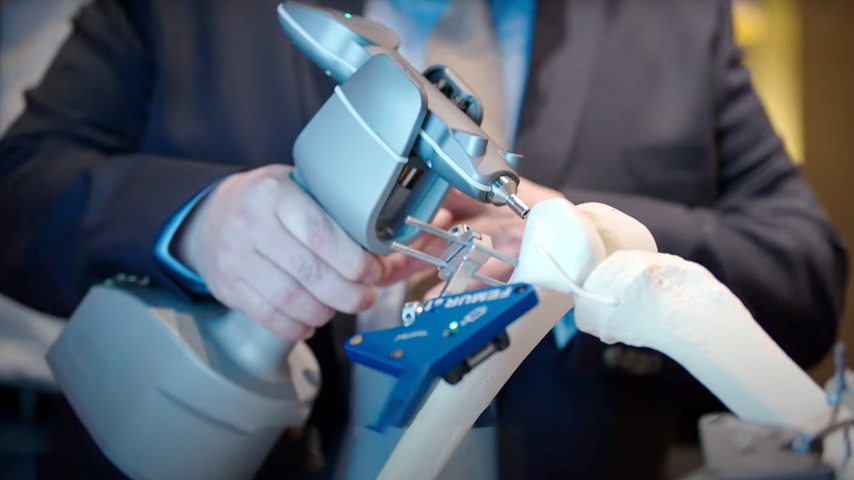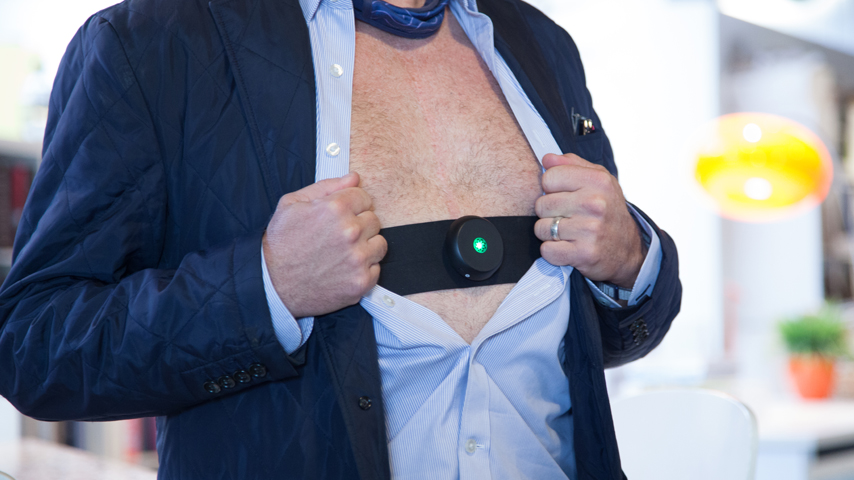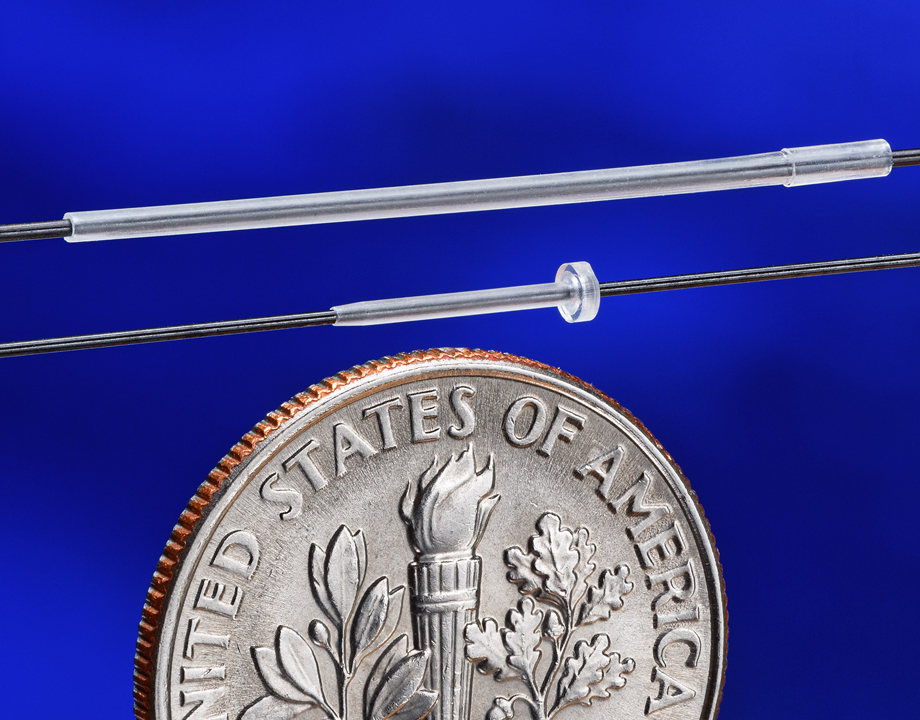Bioengineering Blog: An Emerging Regulatory Framework for Medical Device Simulation
Bioengineering Blog: An Emerging Regulatory Framework for Medical Device Simulation


Verification and validation standard complements FDA guidance.
An important shift is happening in the medical device regulatory processes for the last few years that impacts the way med-tech companies develop new devices. From the start of device and pharmaceutical regulation, many kinds of models have been used to demonstrate safety and efficacy. Animal and bench models are common examples, along with clinical trials that are a subset of the human population selected to model the whole. Simulation is yet another type of model – if we demonstrate an appropriate level of credibility for the computational model and can trust its ability to predict medical device performance.
There is now a framework to develop and document that credibility. In 2016 the U.S. Food and Drug Administration released “Reporting of Computational Modeling Studies in Medical Device Submissions” to ensure applicants meet the documentation expectations of its reviewers.
Concurrently, the American Society of Mechanical Engineers (ASME) began to develop a new verification and validation standard targeting medical device simulation. The V&V 40 standard “Assessing Credibility of Computational Modeling through Verification and Validation: Application to Medical Devices” was released in November of 2018 and can found on the ASME website.
Read: Simulation at the Crossroads of Engineering and Biology
In order to understand the application of the V&V 40 standard, it is helpful to have a common set of definitions for the terminology. Verification is used to determine if the software implementation correctly solves the mathematical implementation used in the model as well as the accuracy of its solutions. Validation determines how well the simulation results match up with results from physical tests such as the animal or bench models discussed above. V&V 40 also addresses the applicability of the model to the context of use and provides a framework to assess credibility through 13 different credibility factors that relate back to the validation, verification, and model applicability. All these factors are matched to the level of risk within the device, as well as how much of the design decisions rely on the simulation results.
ASME V&V 40 is not a step-by-step manual for verification and validation of a specific application or device, but a framework that can be used to determine the level of rigor needed to support the risk-informed credibility of a computational model in a specific context of use.
Read: 3D Bioprinter Prints Healthy Skin onto Patients in Minutes
The combination of the FDA guidance document and ASME V&V 40 provides the roadmap to communicate confidence in the computational model with not only regulators but also within your company, setting expectations and streamlining communication between diverse groups.
For those in the medical device industry, using computational modeling and simulation as valid scientific evidence in regulatory submissions reduces submission hurdles and ensures that safe and effective devices are brought to market as quickly as possible.
Arlen Ward, Ph.D., P.E., is a Principal Modeling and Simulation Engineer with System Insight Engineering, a medical device simulation consultancy.
Opinions expressed are the author’s and do not necessarily reflect the views of ASME
There is now a framework to develop and document that credibility. In 2016 the U.S. Food and Drug Administration released “Reporting of Computational Modeling Studies in Medical Device Submissions” to ensure applicants meet the documentation expectations of its reviewers.
Concurrently, the American Society of Mechanical Engineers (ASME) began to develop a new verification and validation standard targeting medical device simulation. The V&V 40 standard “Assessing Credibility of Computational Modeling through Verification and Validation: Application to Medical Devices” was released in November of 2018 and can found on the ASME website.
Read: Simulation at the Crossroads of Engineering and Biology
In order to understand the application of the V&V 40 standard, it is helpful to have a common set of definitions for the terminology. Verification is used to determine if the software implementation correctly solves the mathematical implementation used in the model as well as the accuracy of its solutions. Validation determines how well the simulation results match up with results from physical tests such as the animal or bench models discussed above. V&V 40 also addresses the applicability of the model to the context of use and provides a framework to assess credibility through 13 different credibility factors that relate back to the validation, verification, and model applicability. All these factors are matched to the level of risk within the device, as well as how much of the design decisions rely on the simulation results.
ASME V&V 40 is not a step-by-step manual for verification and validation of a specific application or device, but a framework that can be used to determine the level of rigor needed to support the risk-informed credibility of a computational model in a specific context of use.
Read: 3D Bioprinter Prints Healthy Skin onto Patients in Minutes
The combination of the FDA guidance document and ASME V&V 40 provides the roadmap to communicate confidence in the computational model with not only regulators but also within your company, setting expectations and streamlining communication between diverse groups.
For those in the medical device industry, using computational modeling and simulation as valid scientific evidence in regulatory submissions reduces submission hurdles and ensures that safe and effective devices are brought to market as quickly as possible.
Arlen Ward, Ph.D., P.E., is a Principal Modeling and Simulation Engineer with System Insight Engineering, a medical device simulation consultancy.
Opinions expressed are the author’s and do not necessarily reflect the views of ASME





